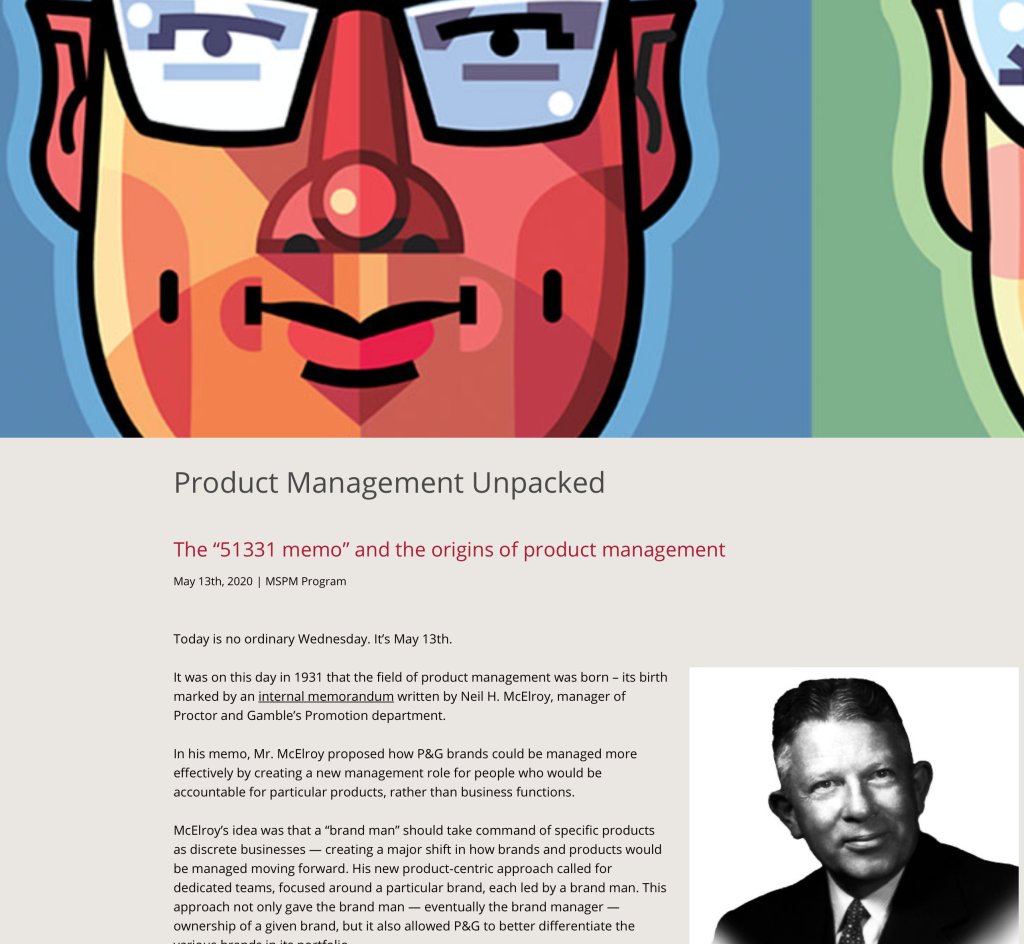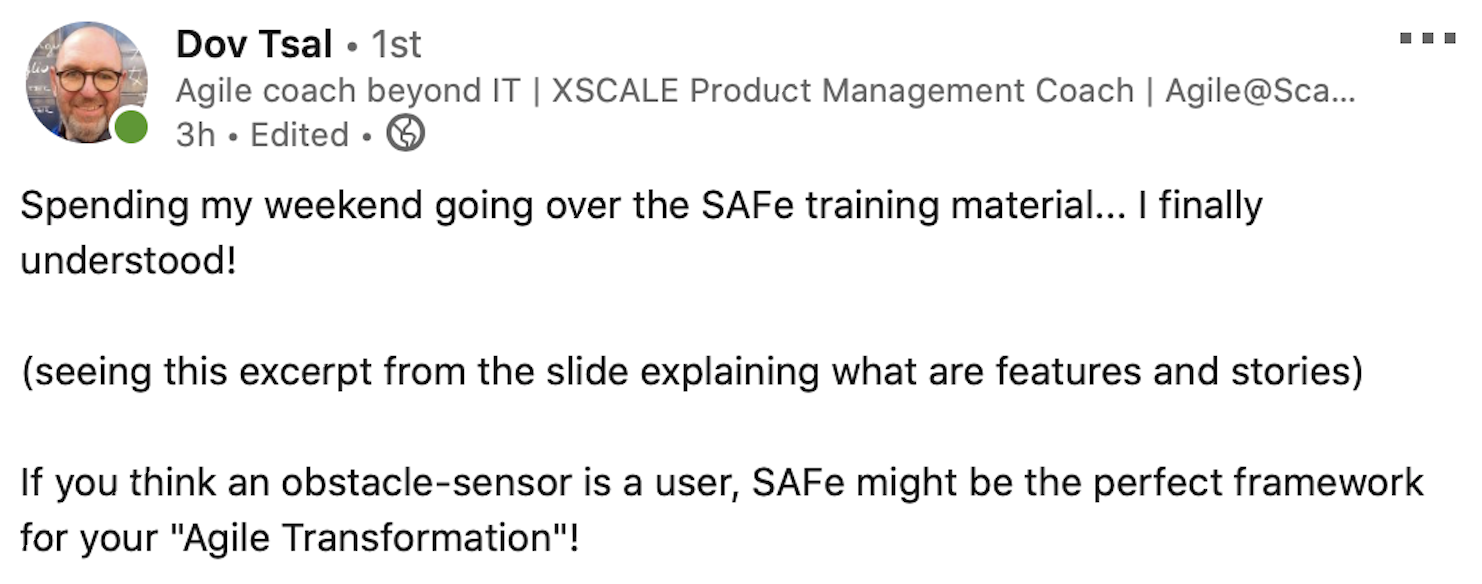A free tool provided by blogagility.com and your humble blogger Marshall Guillory.
A SAFe way to calculate the Program Predictability Measure
Occasionally I get requests from folks asking about a working version of the charting tool used to display the SAFe Program Predictability Measure (PPM) for an Agile Release Train (ART). I was serving it on a case by case basis up until now. Something must be going on because I’ve had quite a few requests in the past few weeks. Make some noise folks! In the interest of efficiency I’m just going to publish it so you may download it at your leisure.
Well, here is the tool provided free of charge with a Creative Commons Attribution license, please. No warranty or support is implied or provided with this spreadsheet. If you would like to inquire about my consulting services please visit agilerising.com.


This work is licensed under a Creative Commons Attribution-ShareAlike 4.0 International License.






